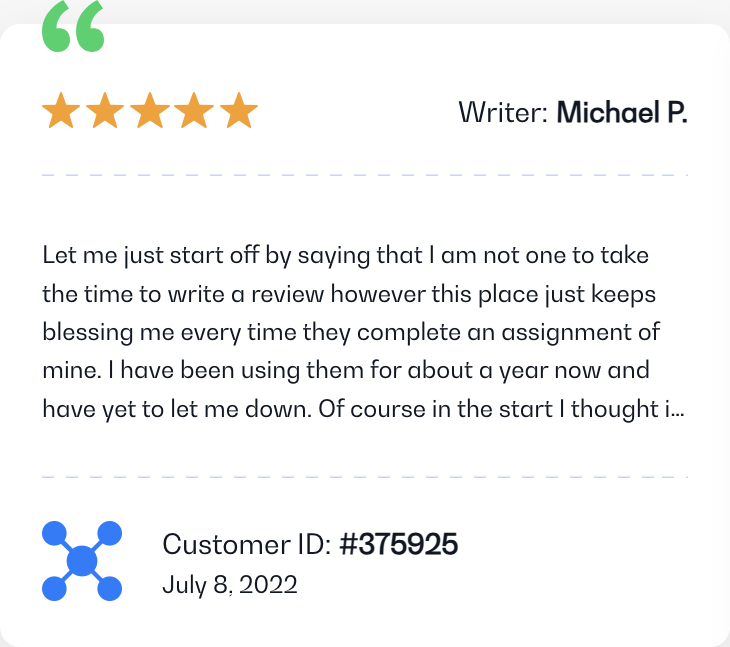Course Structure
The structure of a statistics course often mirrors its fundamental progression. Initially, you might begin with understanding the basics and terminologies, then transition into more complex theories and applications. Here’s a typical breakdown:
- Introduction to Statistics: This section provides an overview of what statistics is and why it’s essential. You’ll be introduced to terms like mean, median, and mode.
- Descriptive Statistics: This involves summarizing and interpreting datasets. Graphs, charts, and tables come into play here, giving visual representation to data.
- Probability: Before diving deep into inferential statistics, understanding probability is crucial. This section introduces concepts like probability distributions and expected values.
- Inferential Statistics: The heart of the course. You’ll learn to make predictions or inferences about a population based on a sample.
Each segment of the course builds upon the previous, emphasizing the interconnected nature of statistical methods.
take my online statistics class
Key Topics Covered
When you enroll in a statistics class, there are several core topics you’re likely to encounter:
- Data Collection: This deals with how data is sourced, emphasizing the importance of random sampling.
- Hypothesis Testing: A method used to determine the validity of a claim or hypothesis about a population, based on sample data.
- Regression Analysis: A statistical measure used to determine the strength and nature of the relationship between one dependent variable and one or more independent variables.
- Non-parametric Statistics: This topic is covered in more advanced courses and deals with data that doesn’t meet normal distribution prerequisites.
What should I know before taking a statistics class?
Skills Developed
Taking a statistics class isn’t just about crunching numbers. You’ll also develop various soft and hard skills, such as:
- Critical Thinking: You’ll often be required to interpret data and draw conclusions, fostering decision-making skills.
- Attention to Detail: One small error can change an entire dataset’s interpretation, so precision is key.
- Problem Solving: Real-world problems often don’t have straightforward solutions, so innovative thinking becomes essential.
- Technical Proficiency: As you use software like Excel, Minitab, StatCrunch, SPSS, and Rstudio, you’ll become more adept at handling digital tools.
Practical Applications
An understanding of statistics is not just confined to the classroom. It has vast real-world applications, including:
- Market research
- Financial forecasting
- Quality testing
- Sports analytics
Is statistics required in college?
Conclusion
Enrolling in a statistics class offers a blend of theoretical knowledge and practical skills. While the subject might seem daunting initially, with the right mindset and resources, it can be a rewarding educational journey. As you delve into the world of data, you’ll gain tools and insights that are invaluable in many professional and everyday scenarios.













